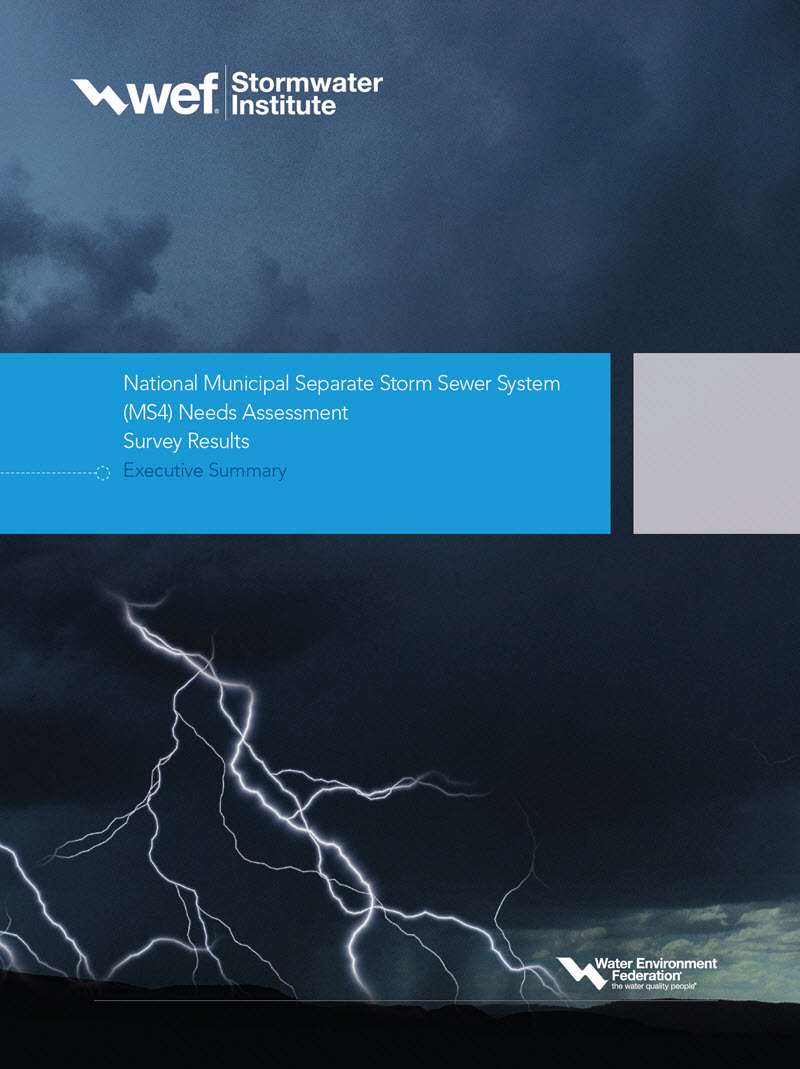In late September, the U.S. Environmental Protection Agency’s (EPA) Science Advisory Board released a draft version of Connectivity of Streams and Wetlands to Downstream Waters: A Review and Synthesis of the Scientific Evidence. The final report will provide guidance to the joint EPA and U.S. Army Corps of Engineers rulemaking aimed at clarifying the scope of the Clean Water Act. The proposed rule, which has been sent to the Office of Management and Budget, is intended to provide greater consistency nationwide in applying the Clean Water Act after two Supreme Court decisions created confusion about interpreting what waters are subject to the law. The new rule should reduce costs and minimize delays in the permit process.
The report synthesizes more than 1000 peer-reviewed papers. It makes a clear connection between wetlands, open waters in flood plains, headwater streams (tributary streams, including perennial and the previously unprotected intermittent and ephemeral streams), and navigable waters. The report did not find a connection to downstream waters between isolated wetlands and open waters located outside of riparian areas or floodplains. EPA and the U.S. Army Corps of Engineers will decided on a case-by-case basis whether these isolated waters have an aggregate impact on downstream waters. Comments on this draft report are due to EPA Nov. 6.




